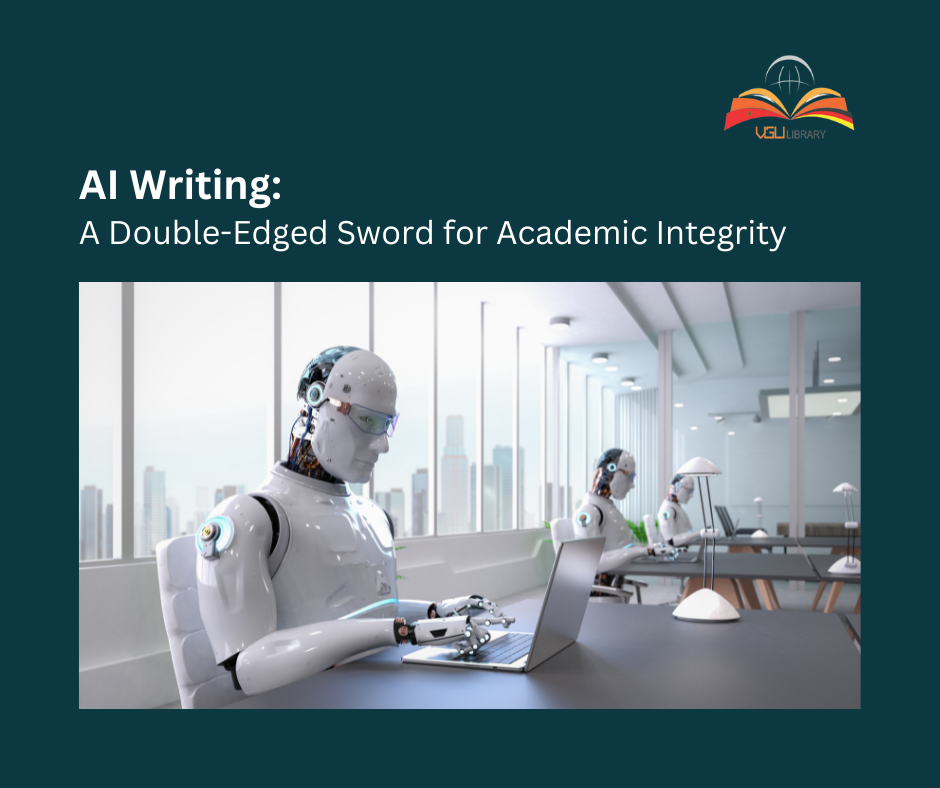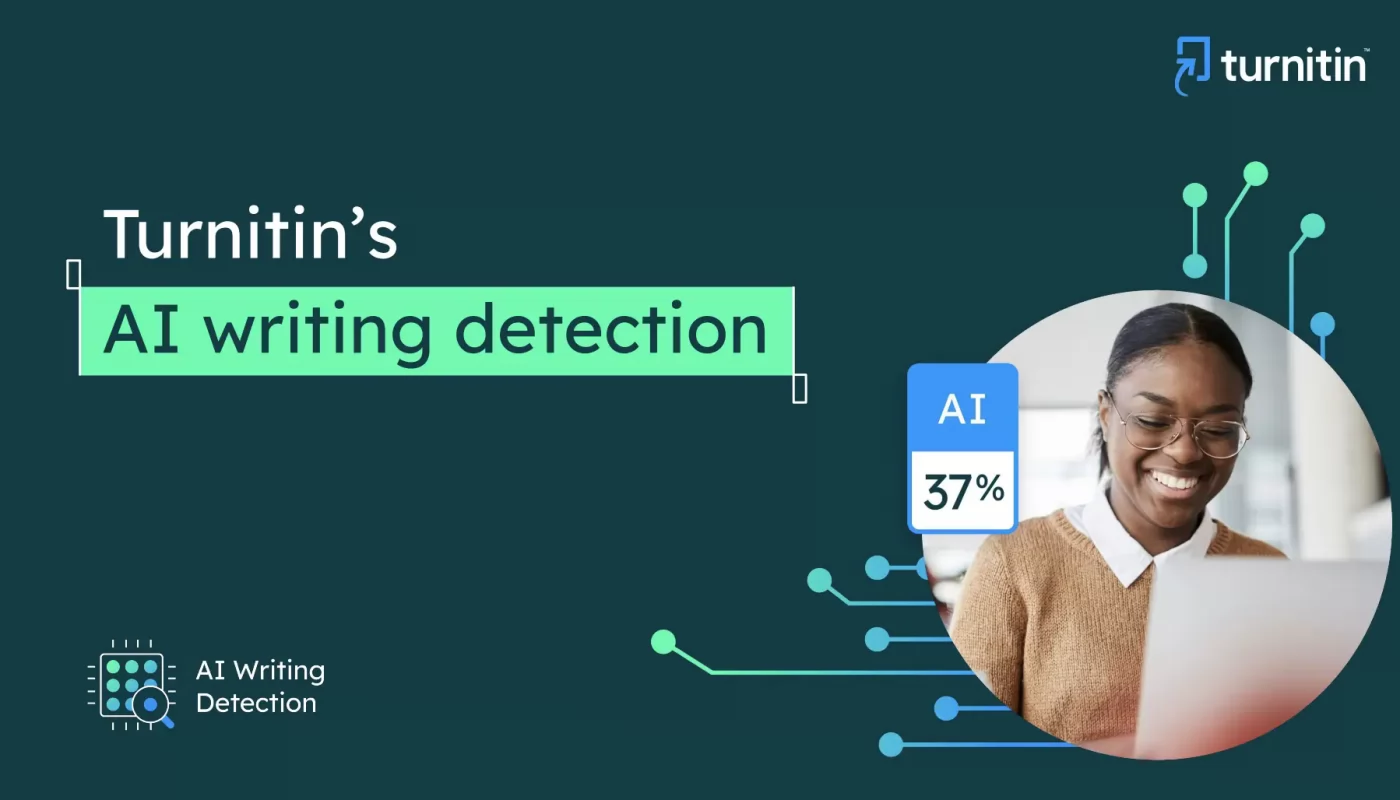In recent years, AI writing technology has advanced rapidly. Large language models (LLMs), such as ChatGPT and LaMDA, can generate high-quality text that is difficult to distinguish from text written by humans. This has posed new challenges for academic leaders in ensuring academic integrity.

Benefits of AI Writing
AI writing can have many benefits for learning and research. For example, it can be used to:
- Support students in the writing process, such as providing feedback on structure, style, and grammar.
- Generate initial drafts for research papers or dissertations.
- Help researchers synthesize existing research.
Challenges of AI Writing
However, AI writing can also be abused for academic dishonesty. For example, students can use LLMs to create entire essays or research papers that are entirely computer-generated. This can undermine academic integrity and disadvantage students who work hard and honestly.
How Academic Leaders Can Address AI Writing
To address the challenges of AI writing, academic leaders need to take the following steps:
Educate students about the risks and consequences of using AI writing to cheat.
Academic leaders should focus on educating students about the importance of academic integrity and the ethical implications of using AI writing. This education should begin early in students’ academic careers and should be ongoing throughout their education. Academic leaders can use a variety of methods to educate students about academic integrity, including lectures, discussions, case studies, and role-playing exercises.
Create clear policies about the use of AI writing. These policies should specify which cases of using AI writing are considered cheating.
Offer training for faculty on how to detect AI-powered academic dishonesty. This training should provide faculty with the knowledge and skills they need to detect cases of AI writing being used to cheat.
Create learning activities that encourage students to develop their own writing skills. These activities should help students learn how to analyze and evaluate information, as well as how to write creatively and effectively.

Adopt AI-powered plagiarism detection tools.
AI writing detection is crucial in academia due to the widespread use of generative AI. A 2023 Turnitin study found that three times as many students as faculty regularly use AI writing tools. Banning these tools is challenging, with 46% of students indicating they would use them even if prohibited. While some educators see AI as a helpful teaching aid, concerns about its negative aspects drive the adoption of AI writing detection to maintain confidence in students’ integrity.
Turnitin’s AI writing detection tool revealed cases where 80-100% of content was AI-generated just seven weeks after its launch. Integrating AI writing detection into the classroom serves as both a deterrent and an investigative tool, offering reassurance to educators and helping them understand the extent of AI use in line with institutional guidelines and academic integrity policies.
How does AI writing detection work?
When a student submits a paper to Turnitin, the system breaks it into segments, overlapping them to capture each sentence in context. Each segment is then analyzed by Turnitin’s AI writing detection tool to assess the likelihood of it being generated by AI. The tool calculates an average AI writing score for all segments, providing an overall prediction of AI-generated text in the document.
Turnitin’s AI writing detection system utilizes a transformer model, a deep-learning architecture, to make accurate next-word predictions by modeling language. This model identifies subtle statistical patterns in AI-generated writing, distinguishing it from human writing that tends to be more inconsistent and idiosyncratic.
The technology behind large language models like ChatGPT involves training on vast amounts of internet text, generating word sequences based on highly probable next words. Turnitin’s system can currently detect content from GPT-3 and GPT-3.5 models, and it is also effective in identifying content from GPT-4 (ChatGPT Plus), given the consistency in writing characteristics. Ongoing efforts are in place to expand the system to better detect content from other AI language models.
Discover more about Turnitin’s AI writing detection


